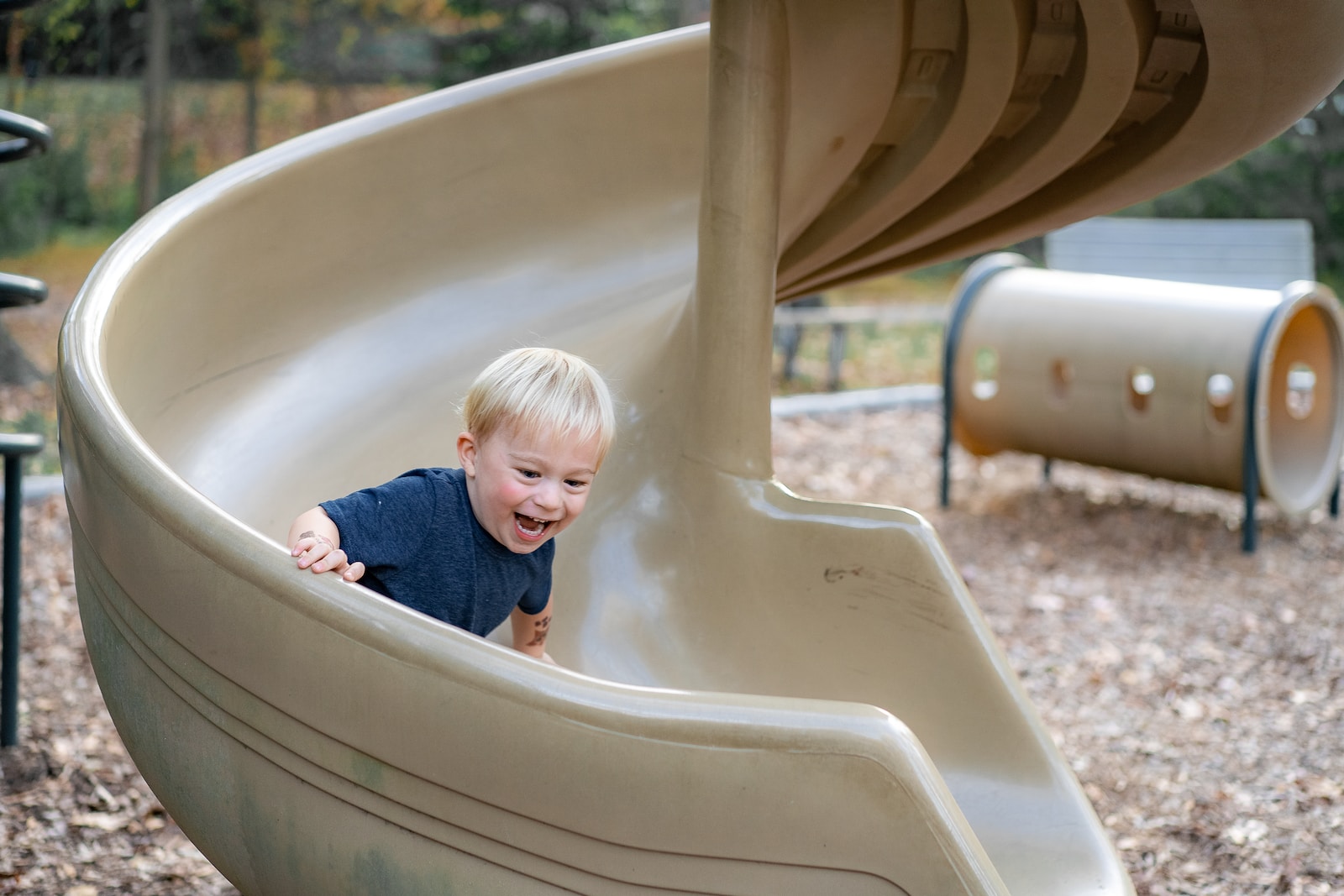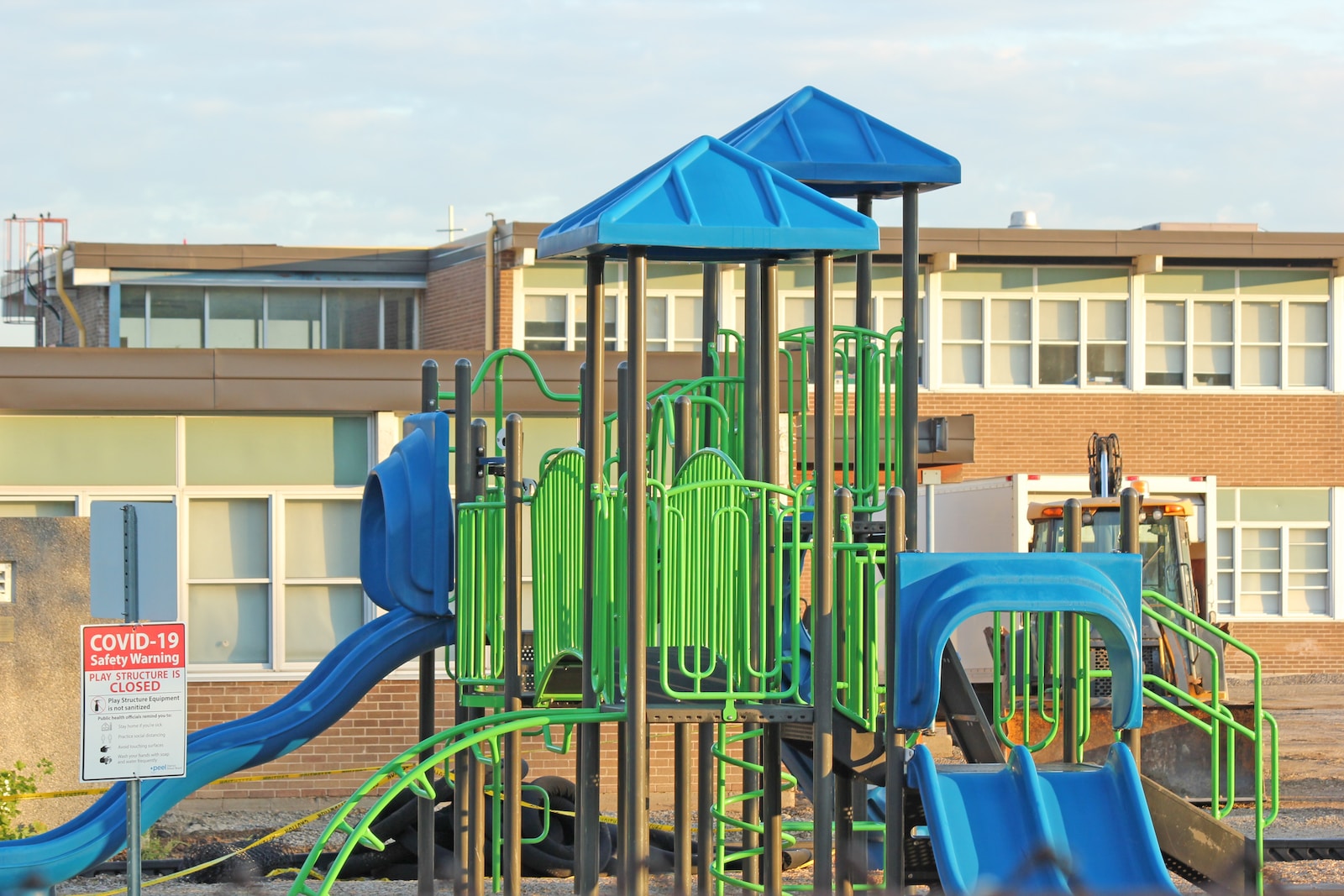Abstract
School playgrounds are key settings for children’s health, and research has shown that well-designed playgrounds enhance physical activity. Despite the potential of school playgrounds, little is known about playground use of tweens (9-12-year-olds). We collected GPS and accelerometer data from 376 9-12-year-old children on four different Danish school playgrounds (located in Odense, Haderslev, Aabybro, and Asnæs) in August-September 2020 mapping areas with high physical activity. We conclude that soccer fields and equipped areas away from the main playground facilitated higher physical activity for both boys and girls and that climbing equipment facilitated higher physical activity for girls. Locations with lower physical activity were found in open areas with no play equipment as well as in areas with play equipment for younger children. Finally, we found several examples of areas with higher activity for one gender and lower activity for the other gender suggesting that students were engaged in spectating. In this study, we contribute with unique and important knowledge on locations that facilitate physical activity for an age group of which studies are sparse. Our findings point to important and specific patterns of school playground behavior that should be considered in planning playgrounds that motivate physical activity in tweens.
Journal: Landscape and Urban Planning
Year: 2022



